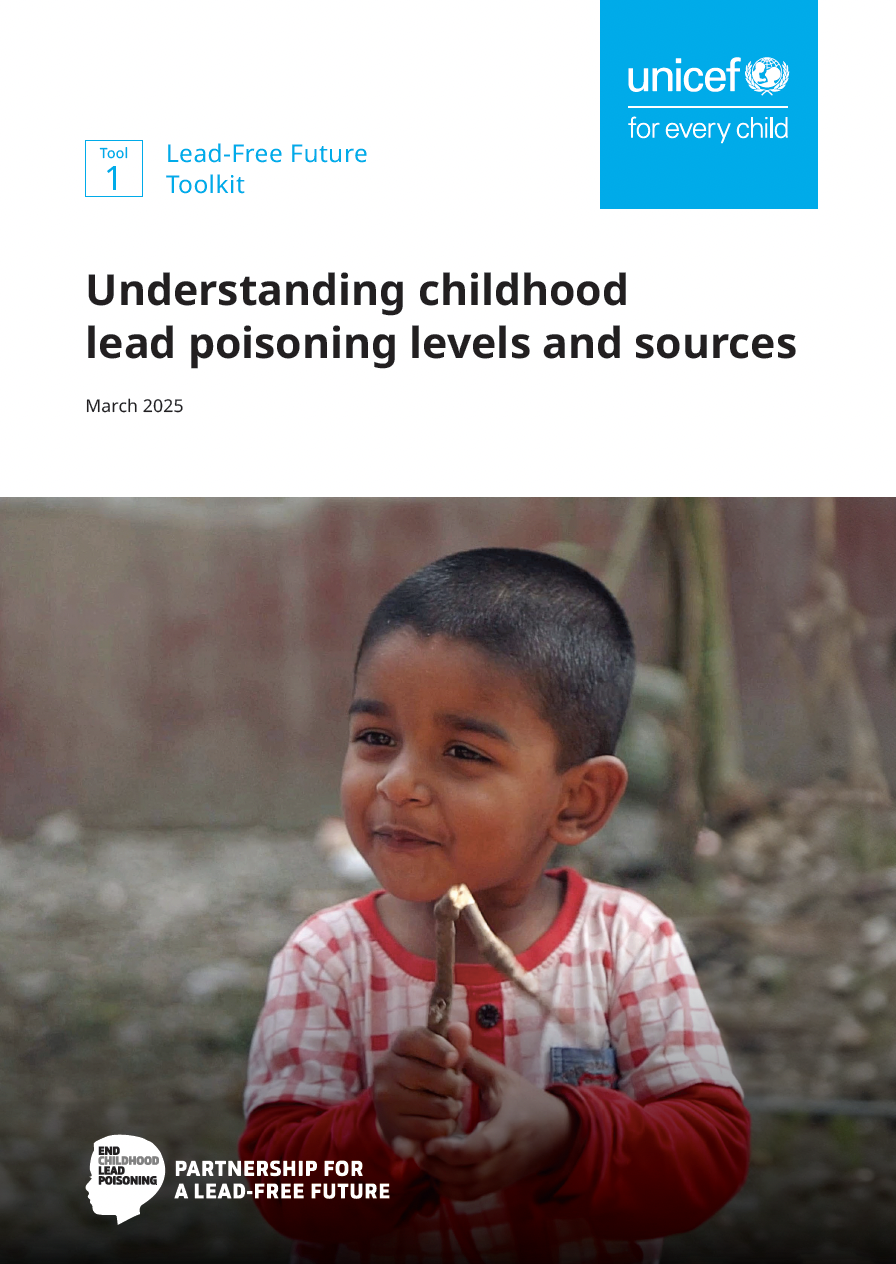The purpose of this tool is to familiarize readers with key concepts of assessing and mitigating childhood lead poisoning and its sources. The tool also includes guidance on conducting a foundational lead assessment, involving a preliminary mapping of sources of exposure and institutional capacity. This tool is organized sequentially, proceeding from a summary of the knowns and unknowns on the extent of lead poisoning in LMICs, to initial steps required to improve understanding of the problem, and finally to a framework on how to mitigate it. Some additional detail is presented in the annexure.
This tool is intended to be used as part of the Lead-Free Future Toolkit, under development by a working group led by UNICEF. The purpose of the Toolkit is to help accelerate action to end childhood lead exposure. Target audiences include staff members of ministries of health and environment, international organizations and non-governmental organizations (NGOs) with moderate to no experience in childhood lead poisoning and its sources. This tool and the rest of the Toolkit should not be taken as representing the views of the authors or the organizations with which they are affiliated, nor should it be viewed as definitive. It will be revised on a rolling basis as new information becomes available.
